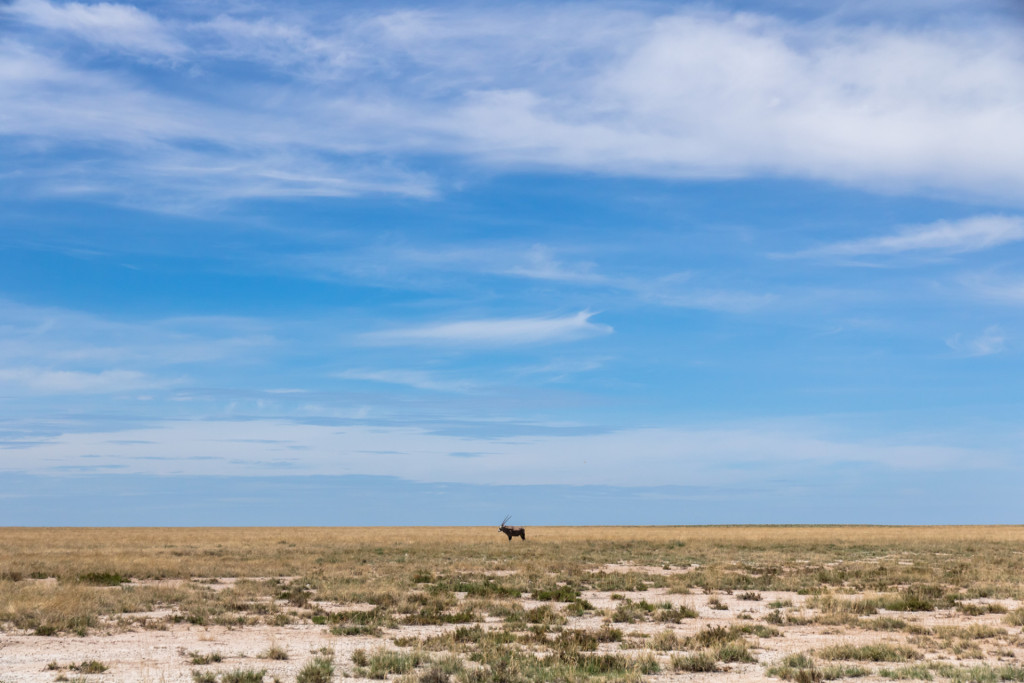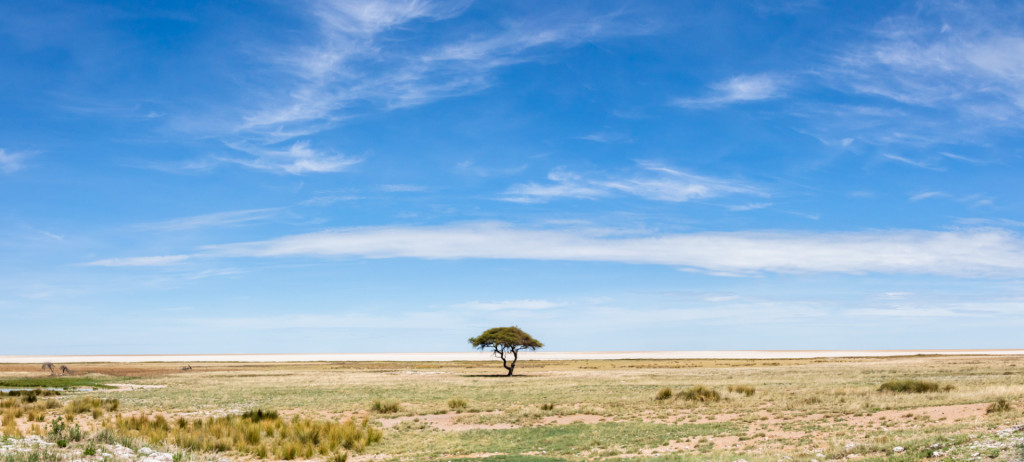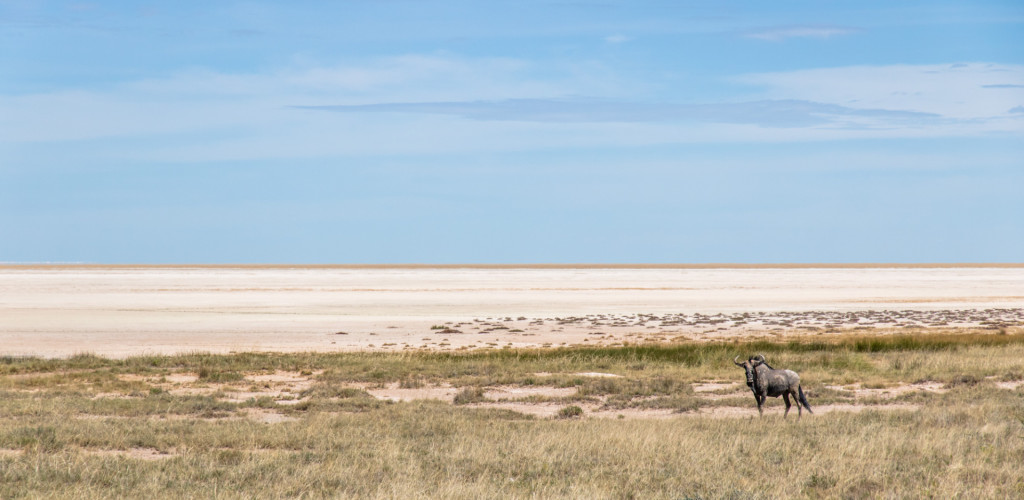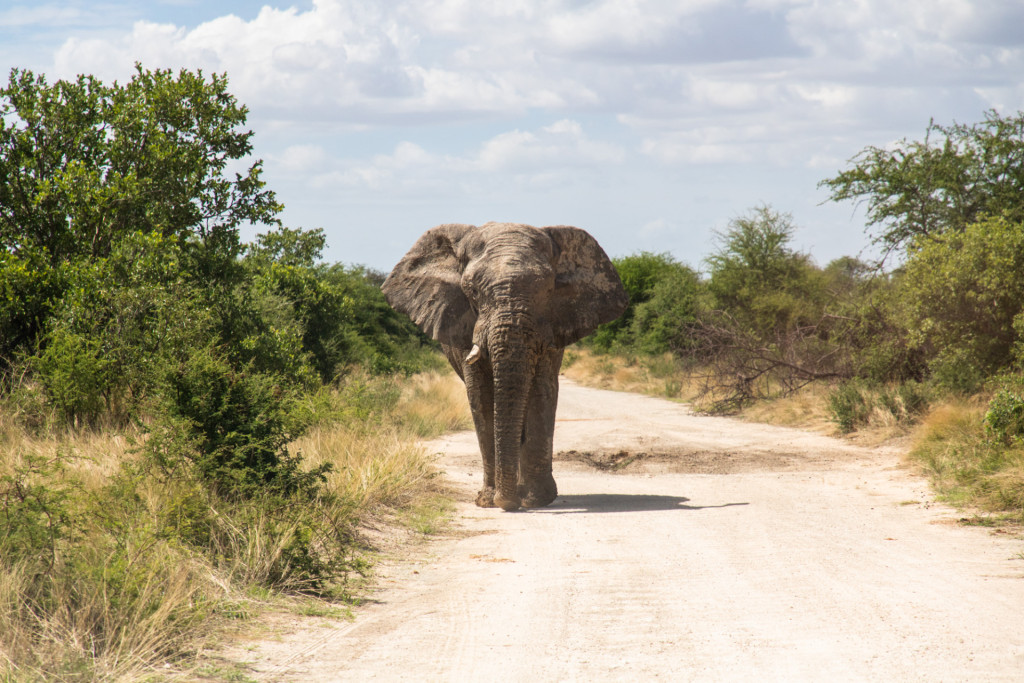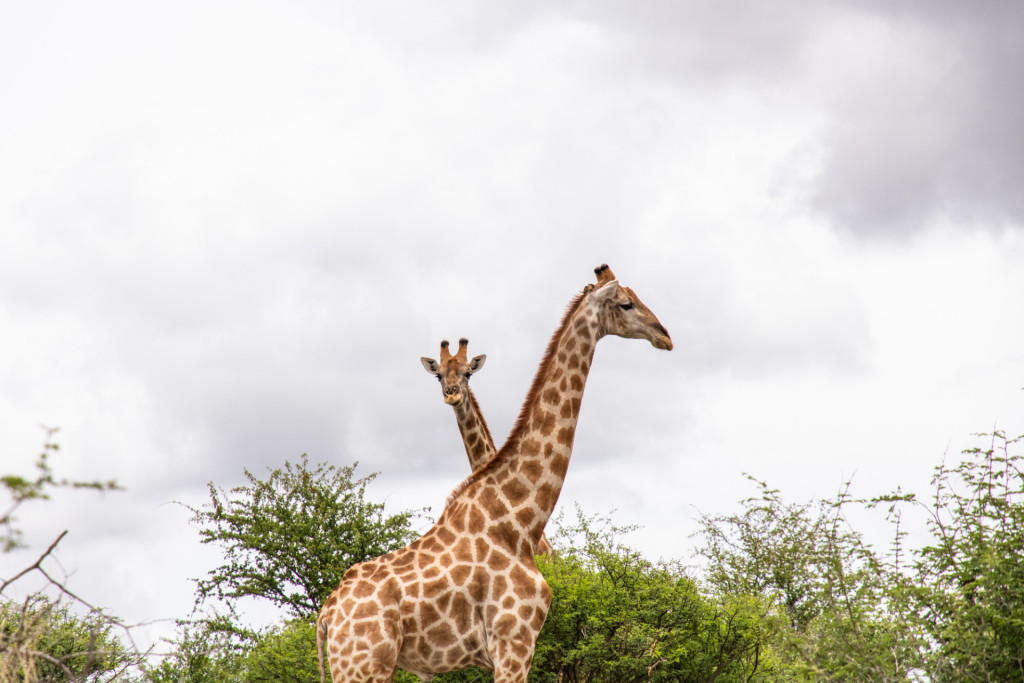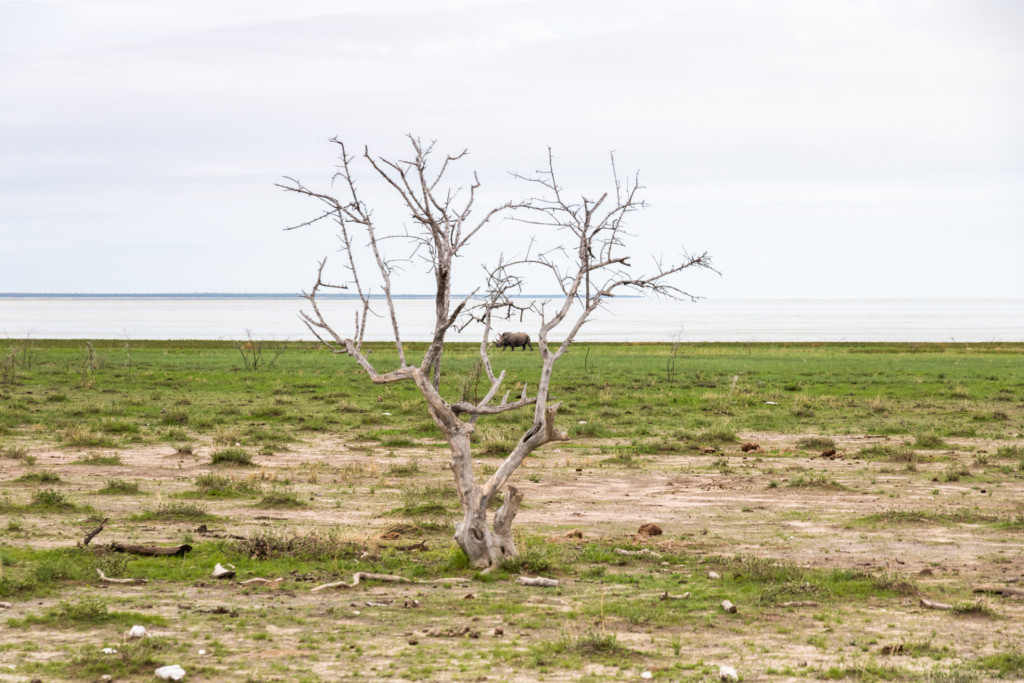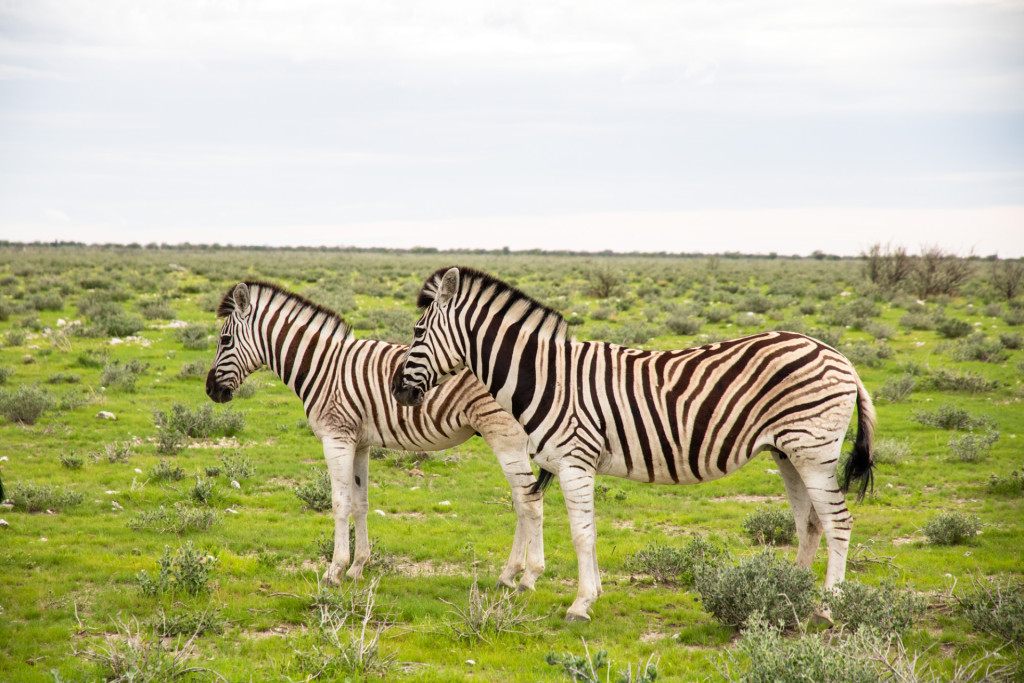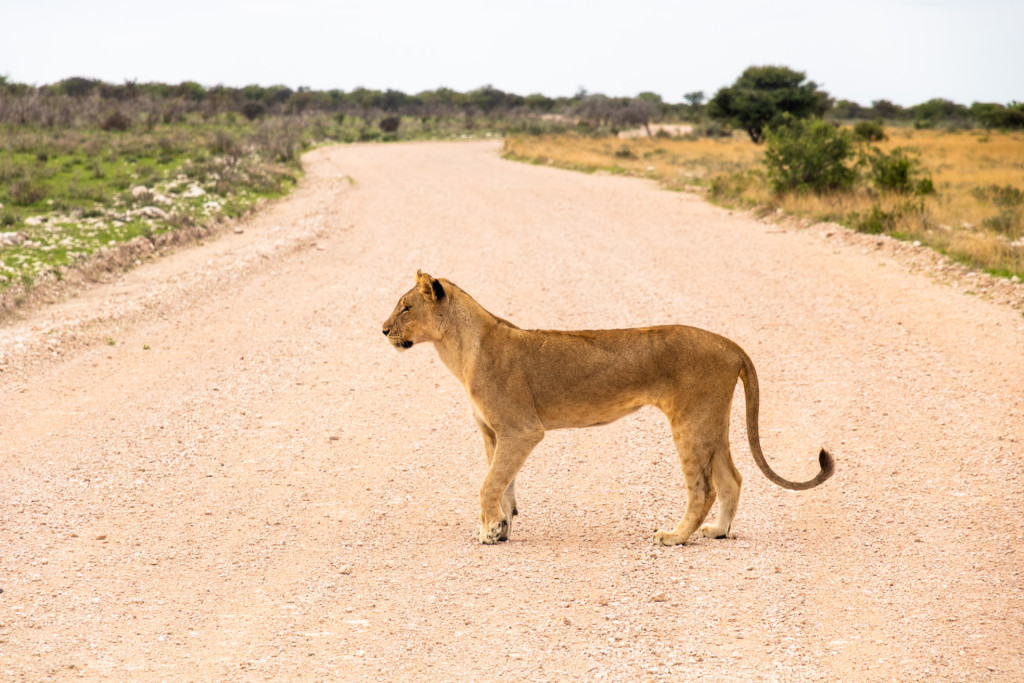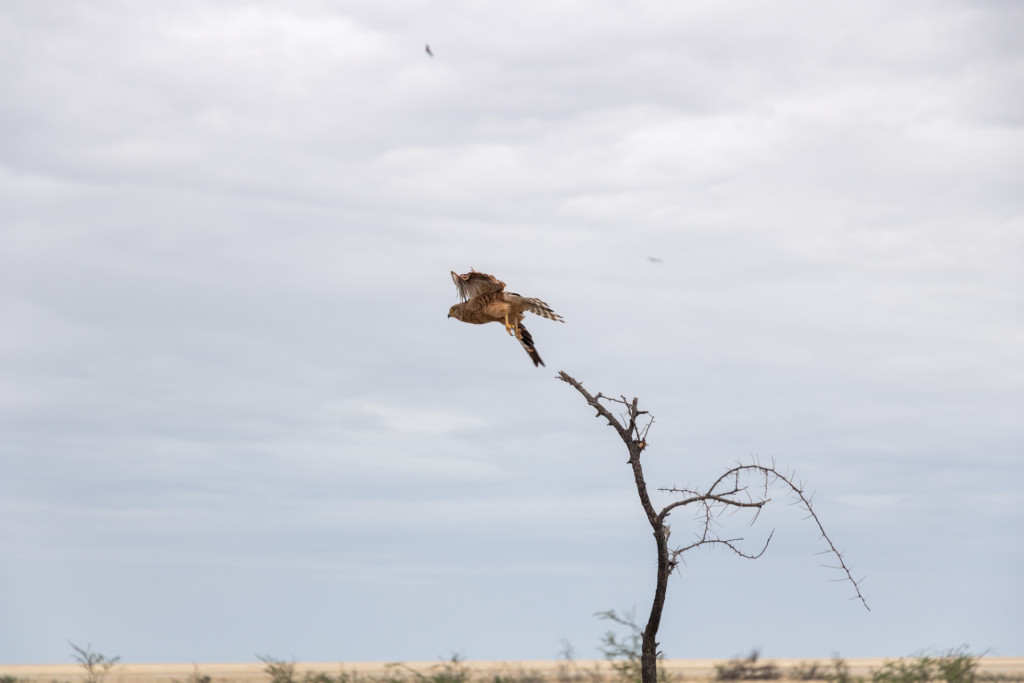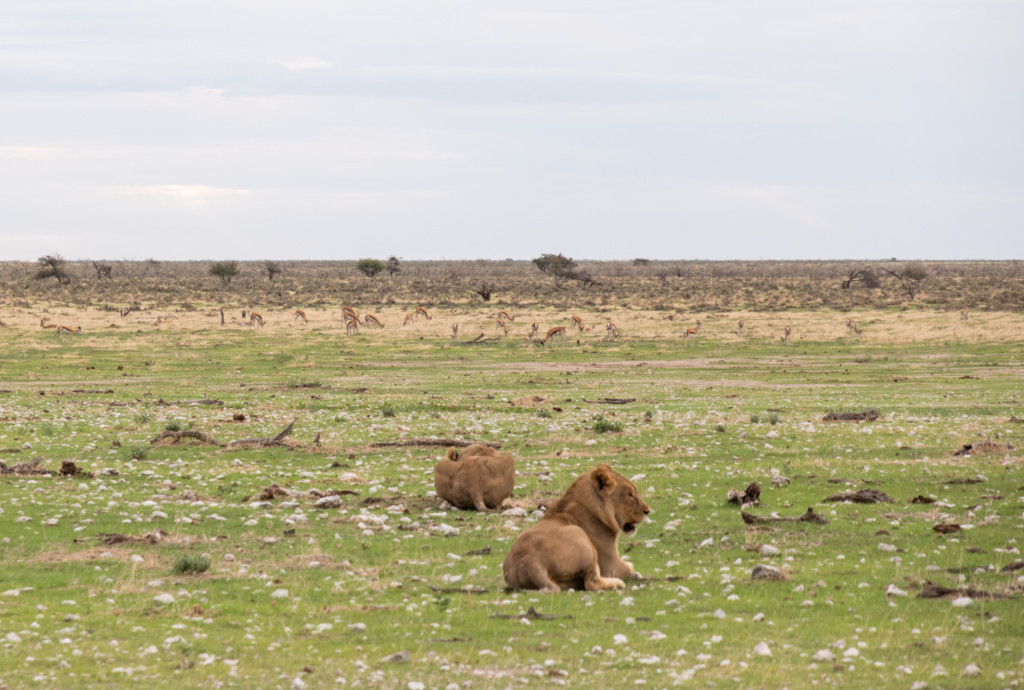Etosha National Park, spanning an impressive area of 22,270 square kilometers (8,600 sq mi), derives its name from the vast Etosha pan, which occupies nearly the entire interior of the park. The Etosha pan itself covers 4,760 square kilometers (1,840 sq mi), accounting for about 23% of the total park area. This iconic feature and the diverse habitats of the park provide a captivating backdrop for filming, boasting a rich variety of mammals, birds, and reptiles.
Here are five important facts about filming in Etosha National Park:
Jurisdiction & Regulations
Etosha National Park falls under the jurisdiction of the Namibian Ministry of Environment and Tourism. It is important to adhere to the regulations set forth by the park authorities to ensure the preservation of the natural environment and the well-being of the wildlife. These regulations may include guidelines on behavior, vehicle movements, and filming activities within the park.
Travel Terrain
Navigating the park involves a combination of tarmac roads and gravel roads. While the tarmac roads offer smoother travel, some areas within the park may require access via gravel roads. It is essential to plan and equip your production accordingly, ensuring you have appropriate vehicles and necessary arrangements for safe and reliable transportation.
Lodging Options
Both inside and outside the park, several high-end lodges cater to visitors. These lodges provide comfortable accommodation and amenities for filmmakers and crew members, offering convenient access to the park's filming locations. It is advisable to make advance reservations to secure suitable lodging for your production team.
Proximity to Airport
The closest international airport to Etosha National Park is Windhoek Hosea Kutako International Airport. While the park is relatively remote, it is approximately a 5-hour drive from the airport. Proper planning for transportation, including the transfer of equipment and crew, is necessary to ensure a smooth arrival and departure process.
Park Regulations & Off-Road Driving
It is important to note that off-road driving within Etosha National Park is strictly prohibited. The park authorities prioritize the protection of the wildlife and ecosystems, and therefore, vehicles must remain on designated roads and tracks. Additionally, getting out of your vehicle without the presence of a park warden is not permitted for safety reasons.
By respecting the regulations, embracing the diverse filming opportunities, and appreciating the park's extraordinary wildlife and natural beauty, you can capture stunning visuals and create a compelling narrative within the enchanting landscapes of Etosha National Park.


